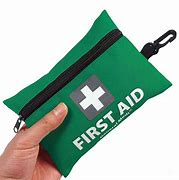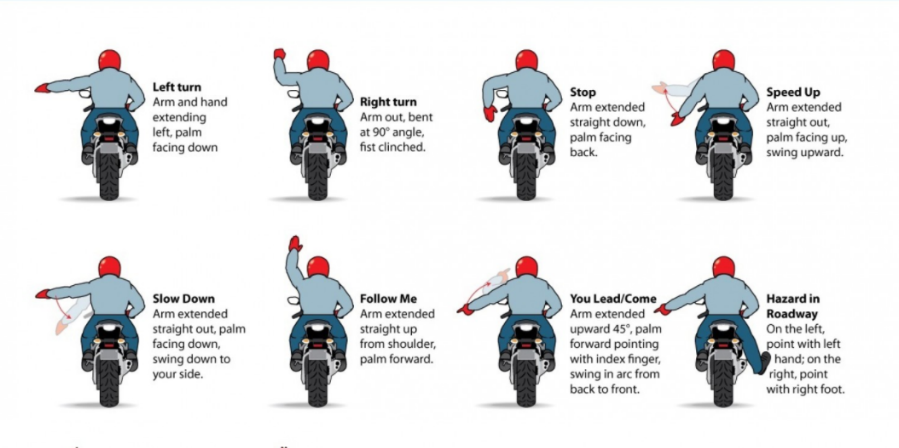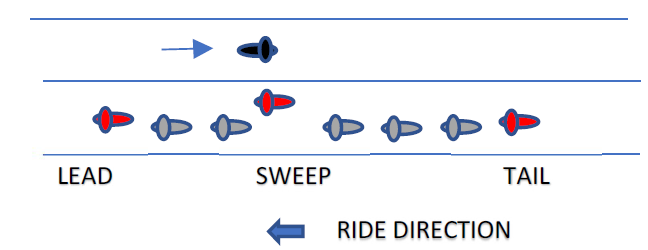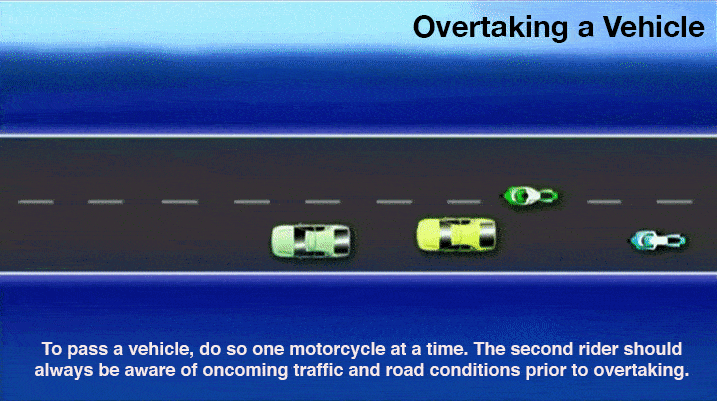The word “Group” itself defines that certain people who share a mutual trust and friendship among each other and who spend a lot of time together. We add “riding” to it because every person in such Group has a common passion for “motorcycles” and “riding”. Motorcycle riding gives you an exhilarating feeling of being in the open air while feeling the wind over your body. While riding alone is sometimes the goal, one of the best experiences you can have on a motorcycle is to ride in a group with close friends. Together you can enjoy the scenery on the open road and arrive safely at your destination.
However, it’s important to understand the etiquette and rules of group riding so you can do your part to help keep everyone in the group safe. Here’s what to consider before heading out on a group ride. This article is mostly focused on the new riders joining TKR organised group rides which can help keep your entire group on the same page and prepared for what’s ahead. Remember these tips as you get ready for your next adventure on the road.
General rules for motorcycle group rides
First and foremost is to understand the guidelines beforehand to reduce the unpredictability of a group ride. Groups like the “The Knight Ryders” have their own S.O.P (Standard Operating Procedures), which need to be understood. Here are some safety tips to consider when riding in a group:
Be prepared before going for the ride
Riders should do a full pre-ride check of their motorcycle and fuel up with a full tank and carry a phone in case of emergencies. You should have your essentials such as full riding gears (PPE), Communication devices, Water, Energy bars, Medication (if any), motorcycle documents (Hard copy / Soft copy), Tool kit, Puncher kit, Chain Lube and some currency.
Usually, some riders in the group will be assigned to carry a First-aid kit and a toolkit, as well as any other necessities the group may need.


Know hand signals
Knowing hand signals is key for formation riders, as these signals cue the rest of the group to things ahead. You may have group signals for a fuel stop or road hazard, and should know signals for slowing down, speeding up or passing other vehicles. The hand signals will be discussed during the briefing before the ride. The hand signals are made using the left hand only, in case of hazard on the right side the right foot is used as indicator. The most important thing for every rider is to pass on the signal.

Lead, sweep and tail
Consider having the most experienced riders be the lead, sweep and the tail will be an advantage for a new rider to cruise along with the group effortlessly. The lead is positioned at the head of the group, and the sweep rides in the centre and the Tail is positioned at the back of the group. The Lead as the name suggest heads the group controlling the cruising speed and the upcoming hazards by signalling, the sweep is the guy who zips across the group maintaining line discipline and the Tail role is to ensure that no rider is left behind and also warns the Lead and Sweep on the upcoming vehicle from the back. There will be few experienced riders positioned around the least experienced rider, so those with less experience can be monitored during the ride. The lead, sweep and tail adjust to traffic the best and protect the other riders from traffic and road debris.

Manageable group size
Depending on the number of participants the group size is formed. If the riders are more than 10 or exceeds that number, subgroups are formed. These groups also have their own lead and sweep. The less experienced rider would be usually positioned in the middle of the group. The lead and sweep will be monitoring their skill throughout the ride. If needed they may pass on instructions for improvement where required. Disobedience will result in cancellation of participation in future rides.
Riding formation
Type of formations while riding in a group, Single-file, Double-file and the Staggered formation. These formations are usually decided depending upon the road conditions by the lead and sweep. To keep the group tight the spacing between each rider is 2 meters (approx) or 2 seconds as per the time scale. If any rider leaves a larger gap, he will be either asked to close the gap by the lead or the sweep or even by the rider in front by showing appropriate hand signal. Riding position should be a little left to the lead, to enable him to view the group. Always stay behind your Lead, blocking his view, riding to close, riding beside the lead is considered as nuisance.

Stay aware of your group riders while on the road
Each rider should periodically check their rear-view mirrors to ensure no one is left behind. You should also make a point to watch the leader of your group so you don’t miss hand signals. During the ride if you are not comfortable with something raise your left hand for help. The sweep will approach you soon.
Overtaking
There will come a time when one must pass a vehicle traveling in the lane in front of them. To safely pass the vehicle, do so, one motorcycle at a time. The leader will go first, but each rider successive will need to position their motorcycles in the right of the lane where he can see clearly the opposite side of the up-coming road, before starting the overtaking manoeuvre. Riders behind the one making the pass will need to adjust their lane position to keep a following proper distance, and in the correct pattern in case the passing opportunity dries up.
Suppose a portion of the group is only able to make the pass. In that case, the remaining riders must adjust their position to assume the correct riding pattern until the next passing opportunity presents itself. As each member passes the vehicle in question, they need to keep their speed up and allow a gap to form behind them and the vehicle they passed. This gap is necessary for the next rider to safely pass and re-join the lane at a safe distance from the vehicle.
Also, it’s important that the members should leave way for upcoming vehicles before making any overtake maneuver. Never get impatient and try to overtake vehicles in corners / curves which could compromise the safety of the rider and the group and may lead to mishaps.

If a rider gets separated
When at times a rider in your group gets separated or left behind. The sweep usually makes sure the rider joins the group soon. If someone does fall back, the formation slows down to allow them to catch up.
Breaks
Breaks are an important aspect between the rides, the riders freshen up and get themselves hydrated. The break time depends upon the length of ride. Breakfast and Lunch breaks are usually 30 minutes and Hydration breaks are between 10 to 15 minutes, also depending on the pace the riders need to maintain to reach the destination. This can help minimize the risk of riders feeling fatigue on the road.
What not to do while on a group ride
It’s equally important to know what not to do when riding in a group. Here are some behaviours to avoid.
- Don’t ride side-by-side in the same lane. This is because you may not have enough room if you need to swerve to avoid a car or oncoming hazard.
- Don’t show off. Avoid competitions with your group mates, tailgating or passing other riders.
- Don’t overlook safety gear. Consider wearing a helmet, protective clothing.
Wrap up
Group riding brings an added level of adventure to motorcycle riding. With safe and thought-out practices, the journey together will only improve yearly. Each ride as a group will change with the scenery, and any addition or subtraction of group members will add new dynamics to the ride. Keep all the basics in mind, and you’ll enjoy motorcycling as long as you want.
– By Mohan Murthy


5 Responses
well explained and very informative. thanks
Well articulated! Very much detailed
Rules of group ride, well explained…
Well explained the process and concept of group rides. This will be very useful blog for new riders who wish to join and ride with us.
Great work encapsulating what is expected of every rider. Will act as a good reckoner. Hope everyone reads and follows the instructions.